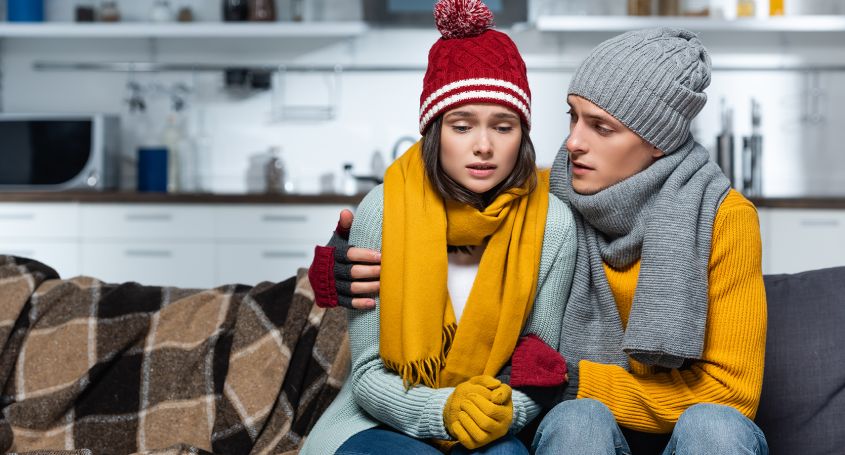Azoospermia is an alteration of the sperm’s quality meaning there is no spermatozoids when there is ejaculation. Even though is it one of the most extreme cause of infertility, assisted reproduction treatments offer the possibility to reach a pregnancy. In this article we are going to explain the different kinds of azoospermia and which treatment to follow in order to be able to conceive.
How do we diagnose azoospermia?
Azoospermia does not show itself with day to day symptoms like pain or discomfort. Therefore, the only safe way to diagnose it is doing a complete study on a sperm sample, otherwise known as a spermiogram. Estimations show that in about 50% of sterility cases there is some sort of semen alteration, thus it is strongly recommended to have a sperm analysis.
The sample needs to be obtained through masturbation after a period of between 3 to 5 days of sexual abstinence. The sample is to be left in a sterile container. No more than an hour should elapse between the collection of the sample and its analysis. One should inform the medical team if medication is being taken since it can alter the results.
Once collected, the specialist will analyze under microscope the sample and counts the number of existing spermatozoids. If none is to be found, azoospermia will be diagnosed.
Types and causes of azoospermia
- Obstructive Azoospermia: it is present with the absence of spermatozoids being linked to issues with seminal conducts. The testicle where spermatozoids are produced is not altered, but there is a blockage of the conducts preventing the spermatozoids to reach the ejaculation.
- Non-obstructive Azoospermia: it happens when testicles are not producing spermatozoids. This can be caused by hormonal alterations, traumatisms or genetic alterations.
Azoospermia treatment, is it possible to have kids?
If the azoospermia is of the obstructive kind, be it due to obstruction or lack of seminal conducts, an IVF treatment is the recommended one. We would fertilize the eggs with spermatozoids previously obtained with the help of a testicular puncture or a testicular biopsy. Without a fertility treatment, patients with such a diagnosis cannot have a natural pregnancy.
If the azoospermia is of the non-obstructive kind, we need to investigate the cause to understand why the testicles are not producing any spermatozoids. If the cause is hormonal we can, on some occasions, provide external hormones so that production of spermatozoids is started again. In many cases where a non-obstructive azoospermia has been diagnosed once we see the testicles are unable to produce any sperm, we will have to opt for using donated sperm.
In some cases, azoospermia can also be a side effect from a specific medicine. Stopping temporarily the intake of that medication for a while we can sometimes see production of spermatozoids coming back. Regardless, it is always the medical team who needs to evaluate the causes and the best treatment to opt for in every case.




















